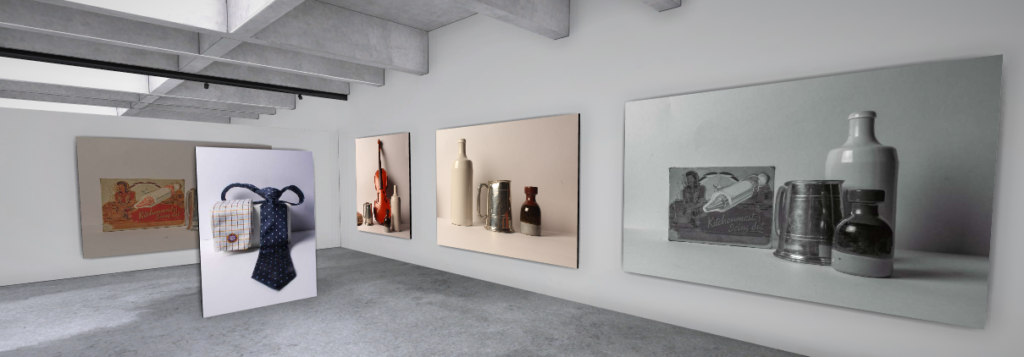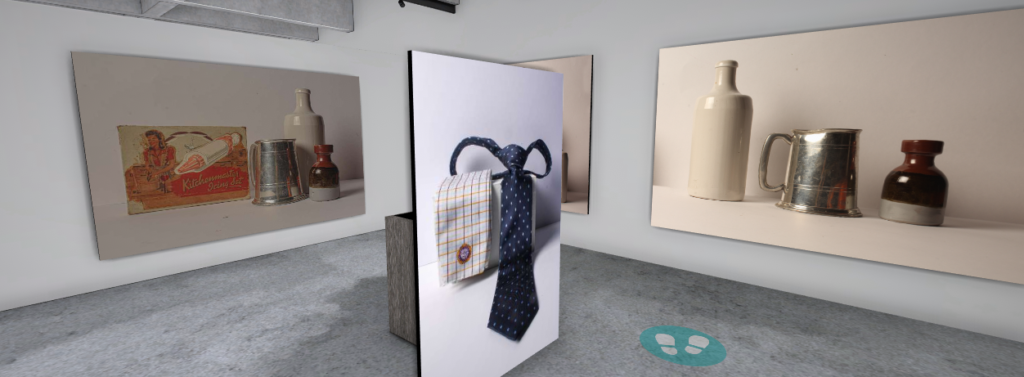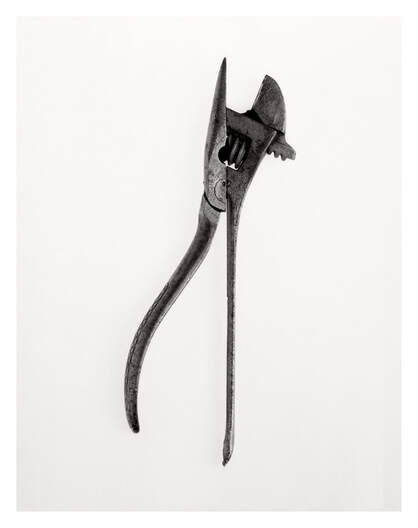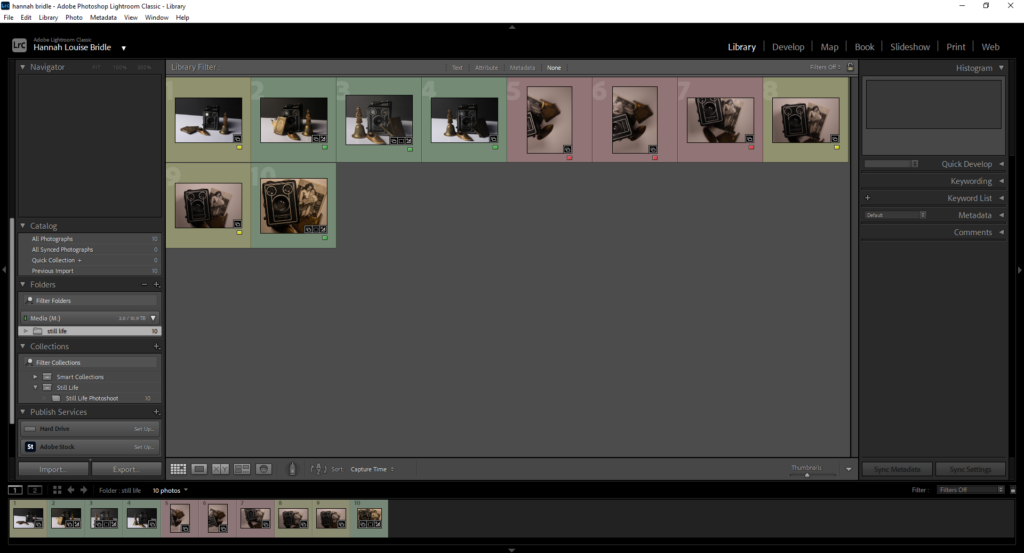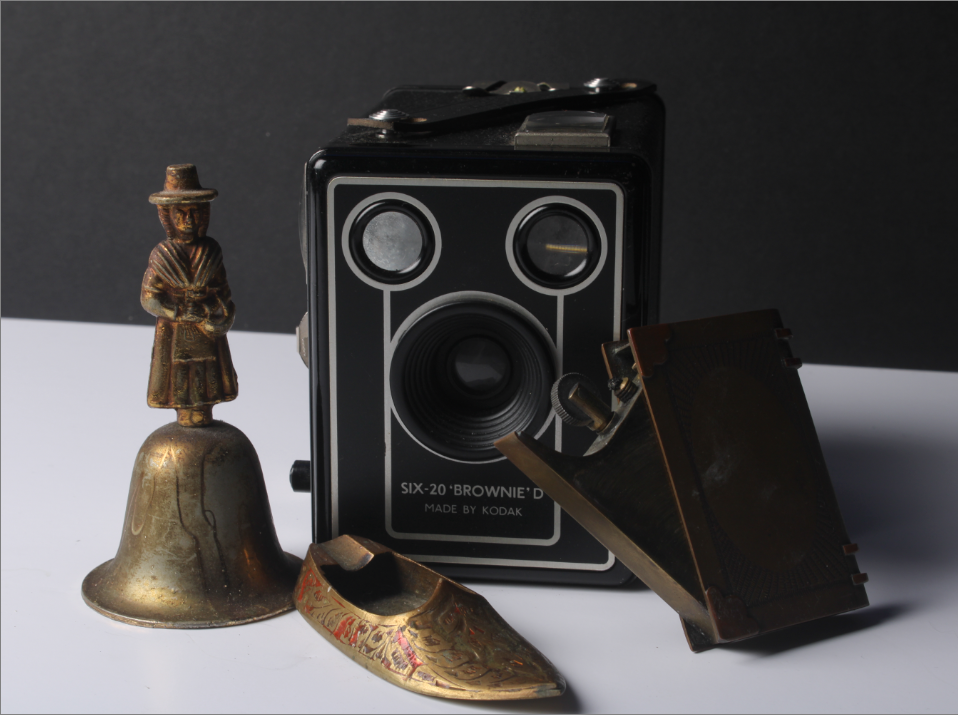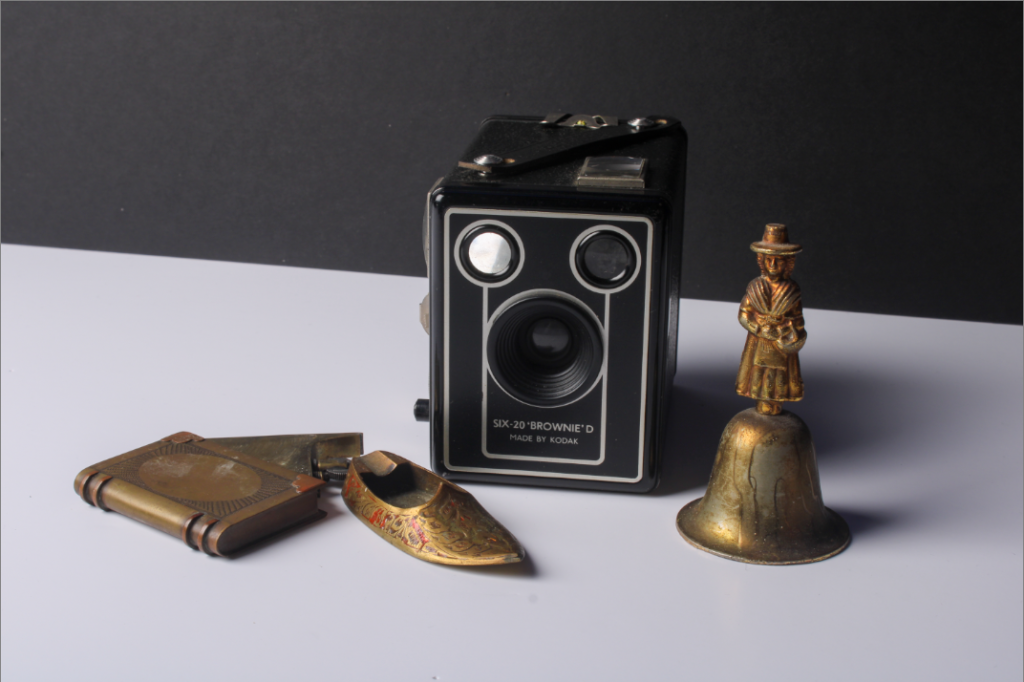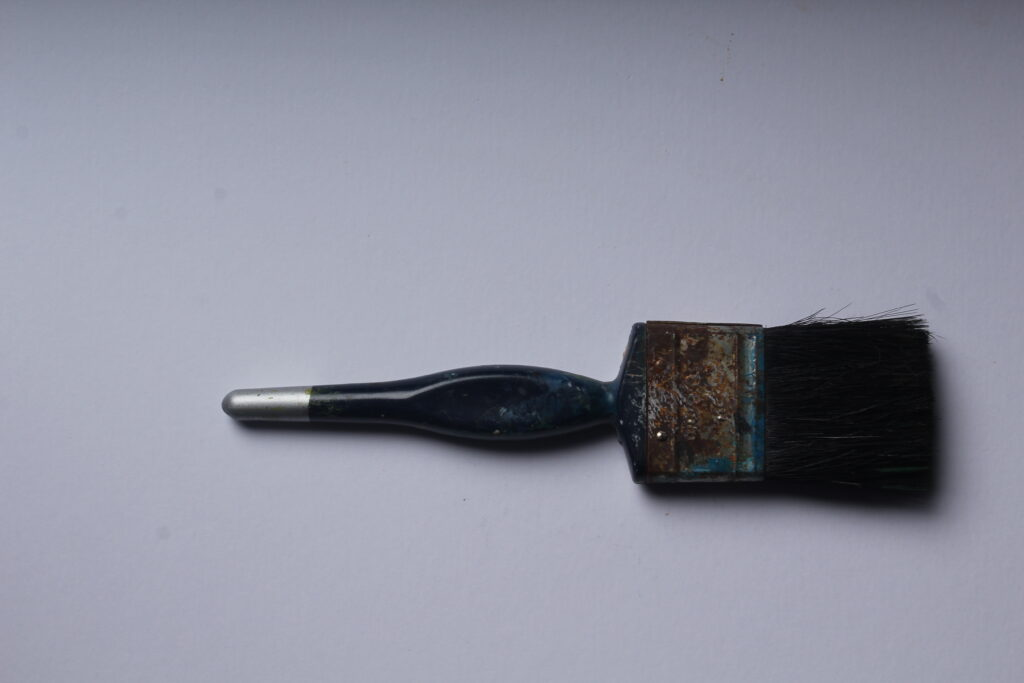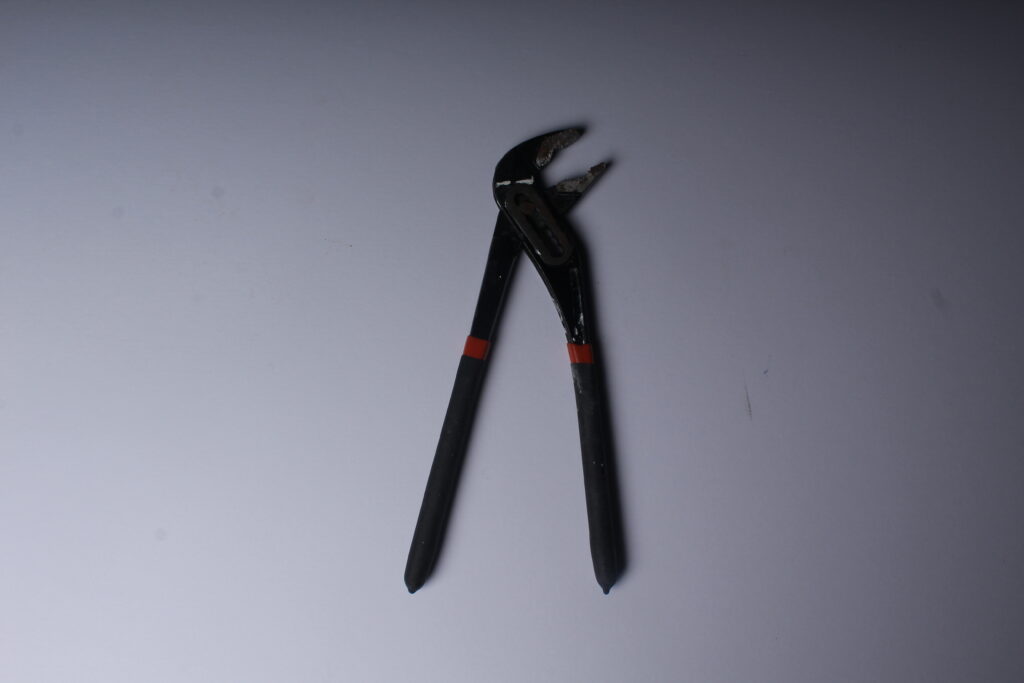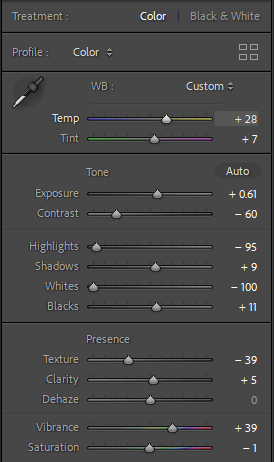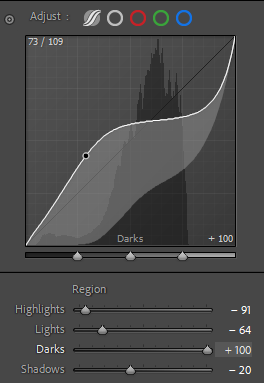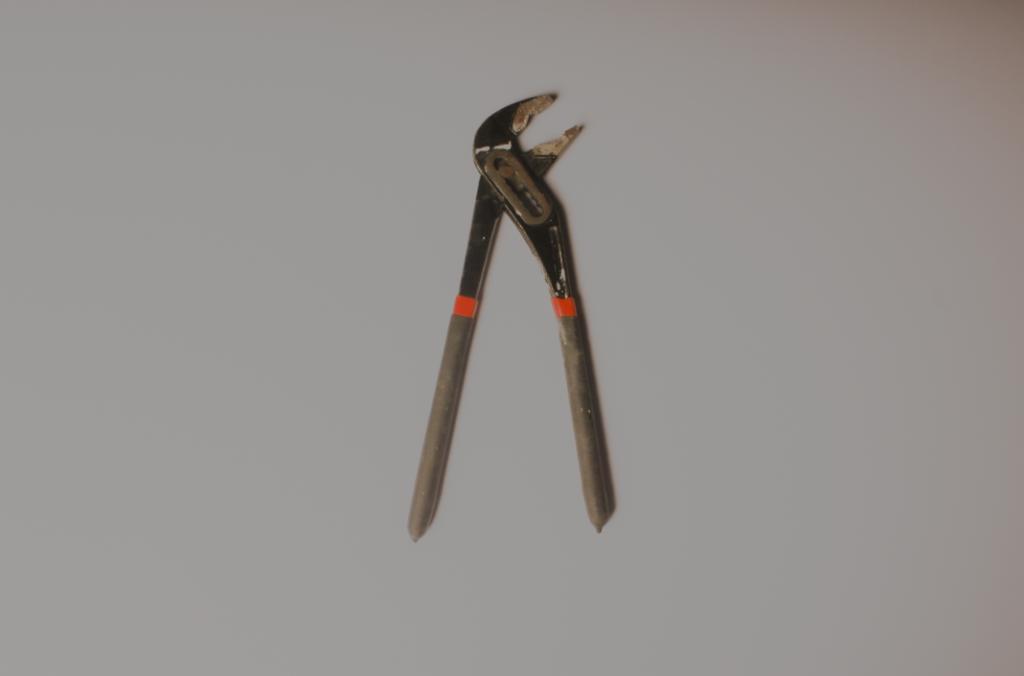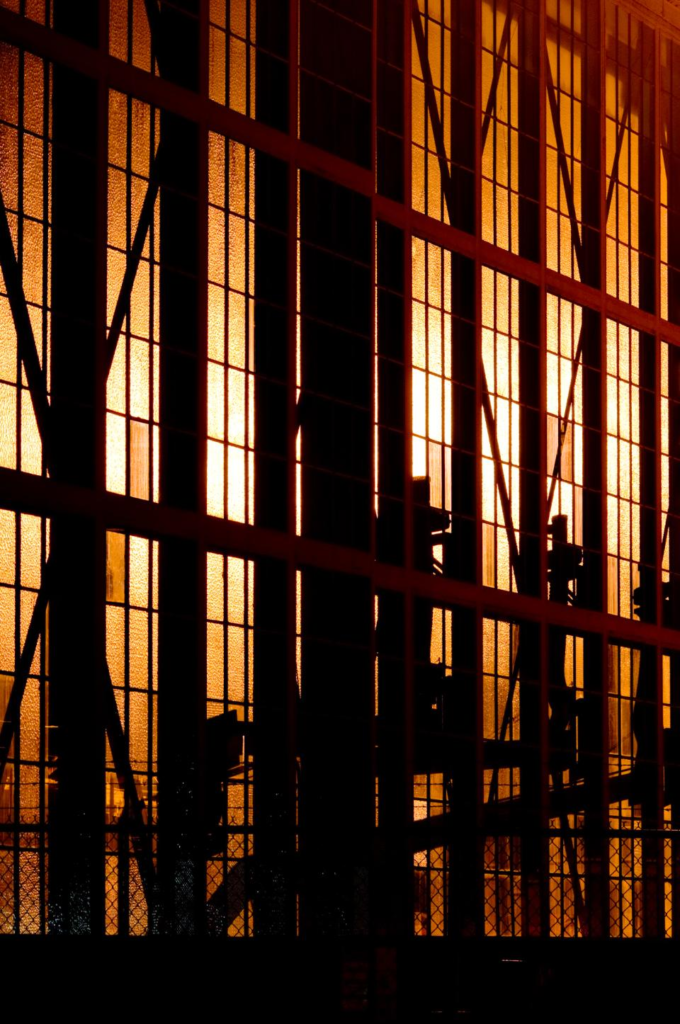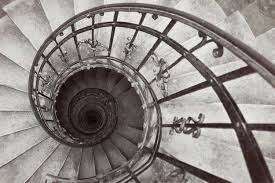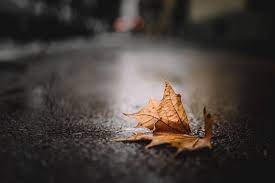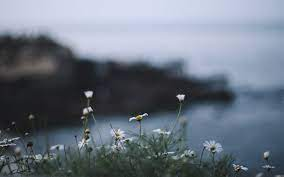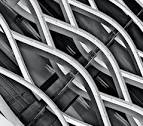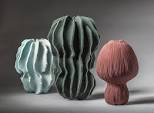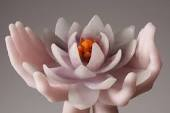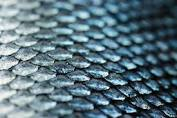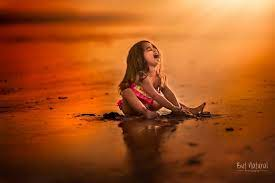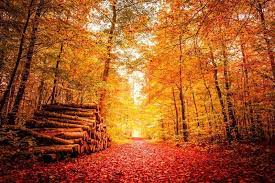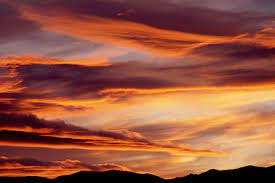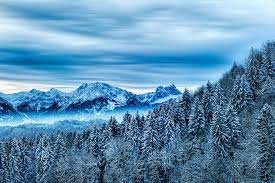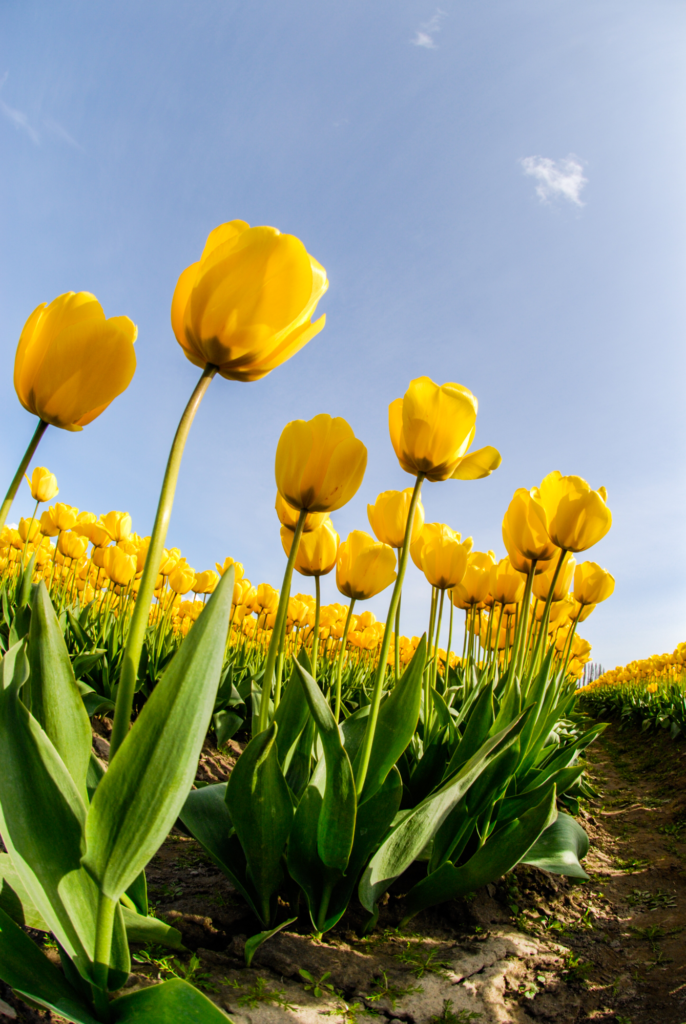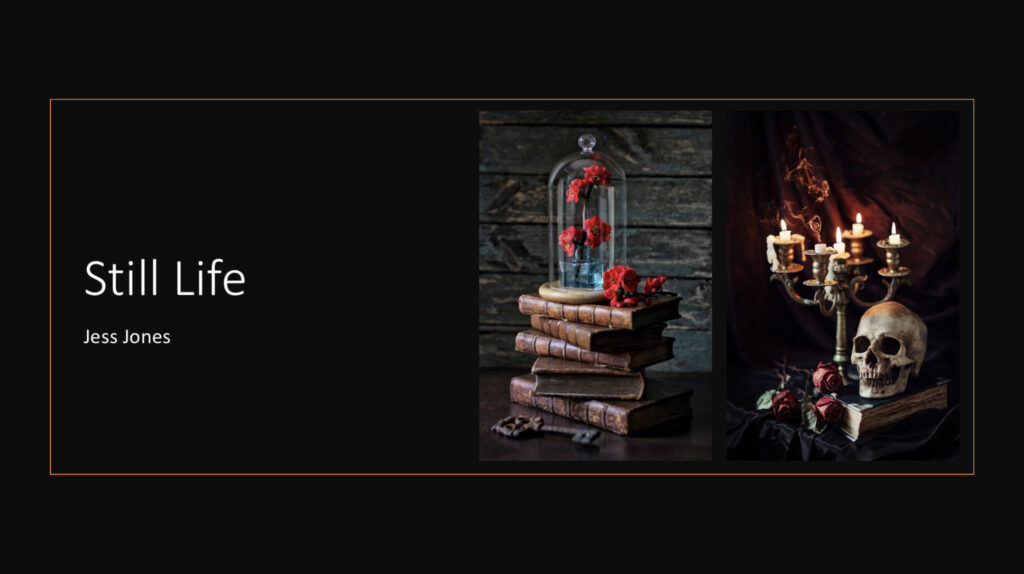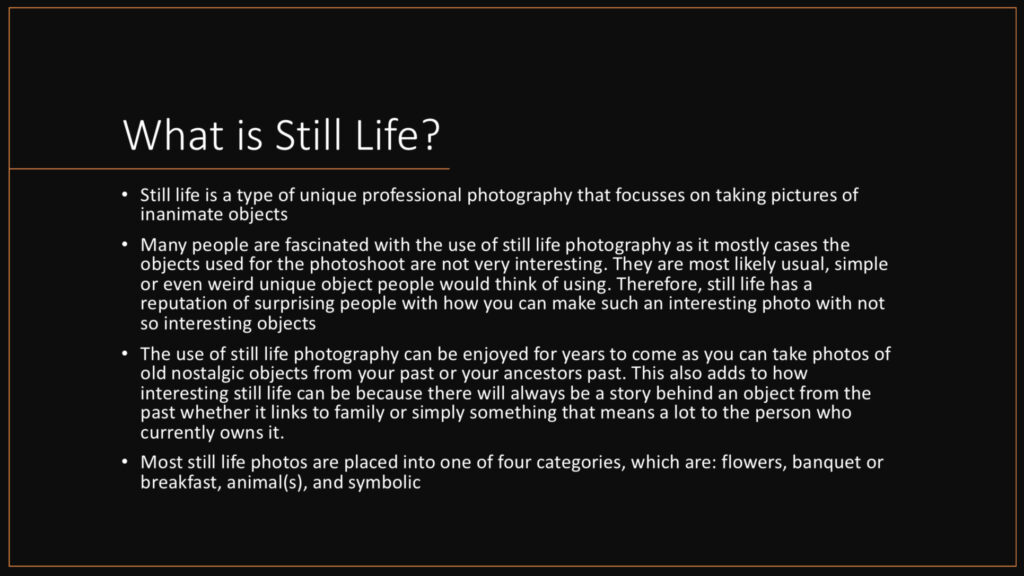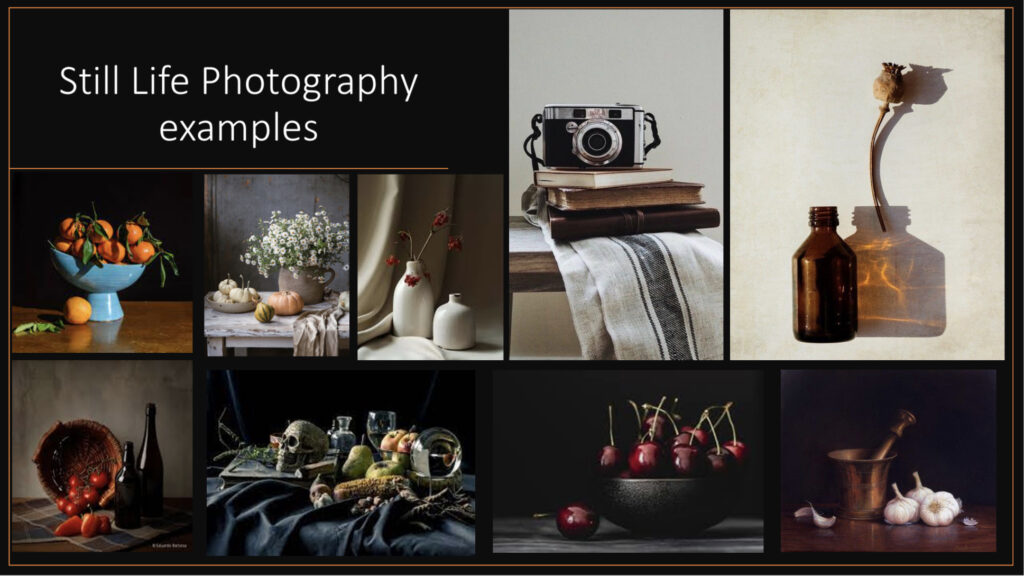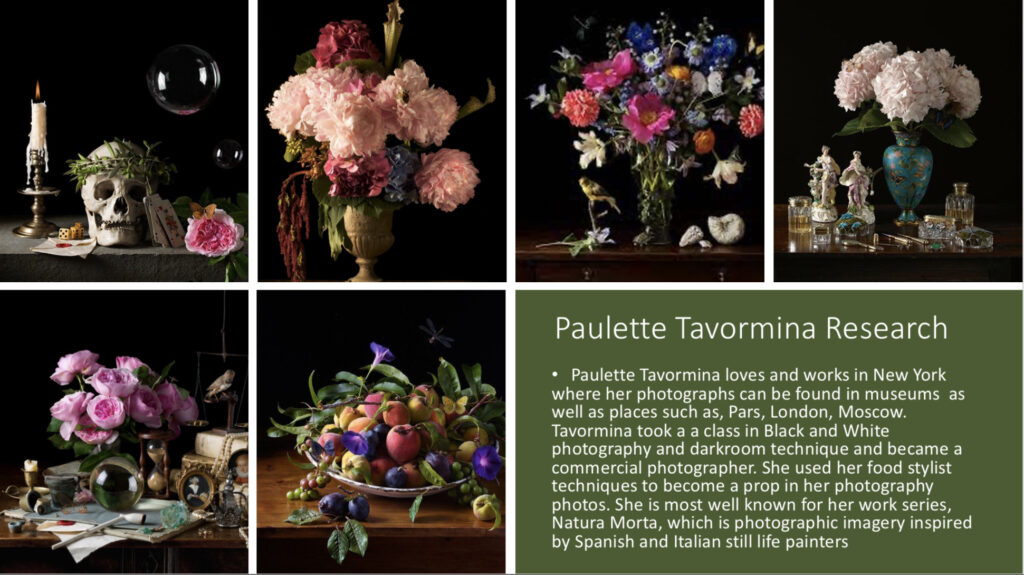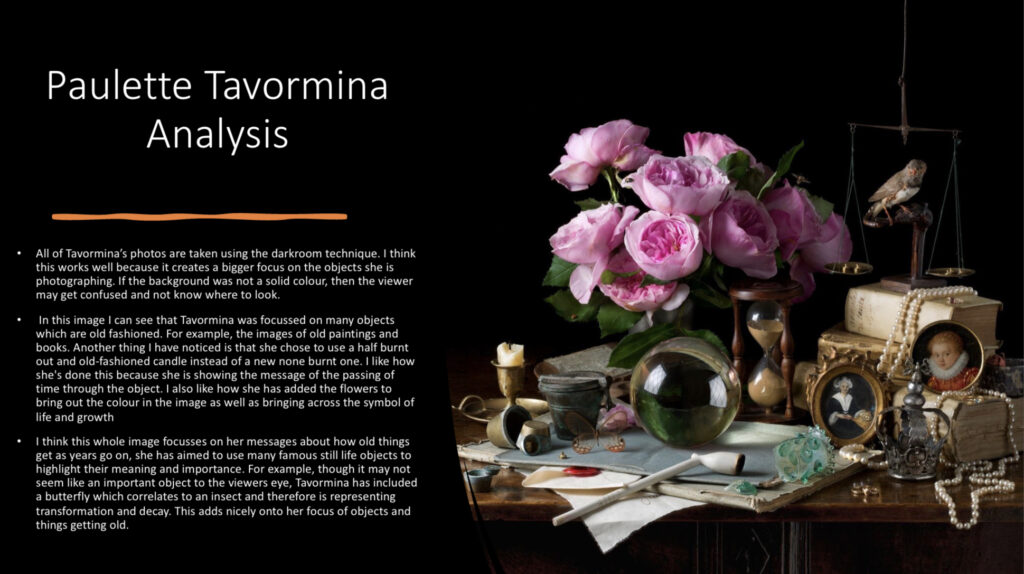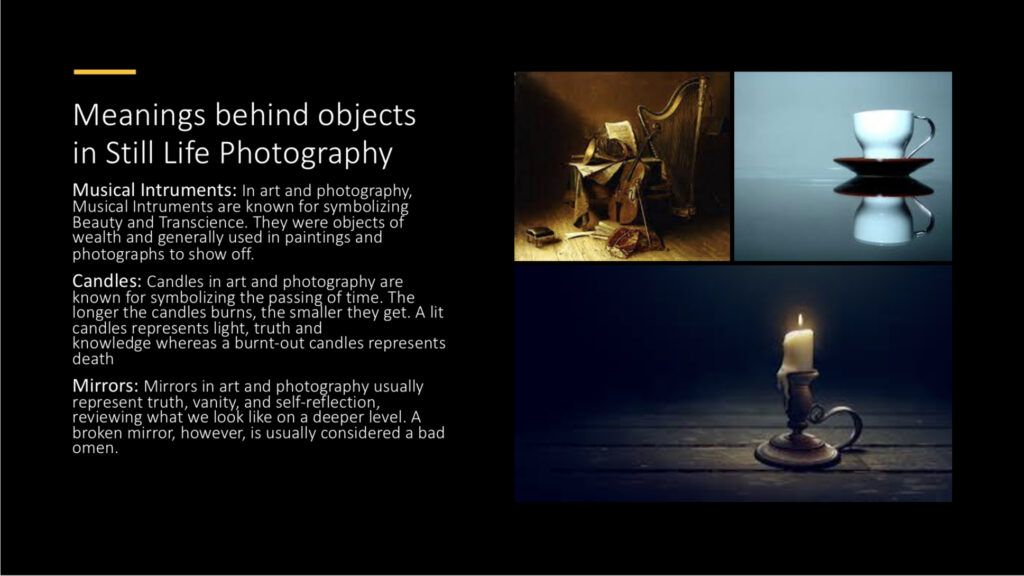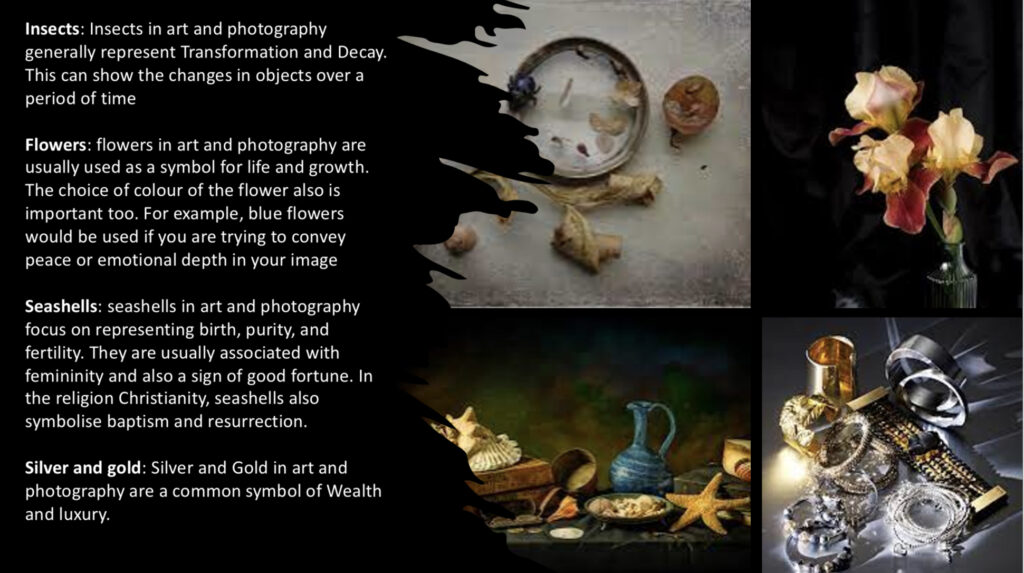There are 7 basic elements to photographic art, they are:
1.Line
Lines in photography can be either curved, straight or both. Solid, dashed of part of a line. Vertical or horizontal. In photographs, when the viewer notices straight lines, it is not uncommon for the object to be manmade. however, curved lines would more likely be organic in nature. the direction of lines convey meaning inside the photograph. vertical or horizontal lines are seen to create a sense of stability. Vertical lines usually represent height, whereas horizontal would focus more in distance. Lines are very common in almost every photograph. Lines could be used to make the viewer focus on something the photographer wants them to see, the pathway of the line will lead the viewers eyes.
2. Shape
1 a : the visible makeup characteristic of a particular item or kind of item
1 b (1) : spatial form or contour
1 b (2) : a standard or universally recognized spatial form
Shapes are created by the joining of lines. these lines can usual shapes such as a simple circle or shapes but can also make unrecognisable ones based on the photographers viewpoint. in photographs with shapes it may be important to the photographer to take it from different angles as different angles could be completely different shapes. shapes can be created with things such as the structures of buildings but as well as this, the black space surrounding the structures also has its own space. This shows that shapes are everywhere in photography.
3. Form
unlike shape, form is 3-dimensional and it can be geometric (or regular) and organic. geometric forms are the the familiar shapes we know. organic are objects that surround us in our 3-dimensional world. forms can be complex like shapes. in photography, positive and negative forms of space are created. positive space is what is occupied by forms and negative space is what remains. Forms are everywhere in photography as the photograph captures all the forms in the field of view of the lens.
4. Texture
Texture can be felt with physical touch of the photo print or even just with the viewers eye. basically, texture can be smooth or rough as well as other descriptions. we can make our the feeling if photographs by our own experiences. for example, if someone has never touched gravel/stones then they are not going to be able to easily feel what that photo of a rough gravel path as well as someone who has.
5. Colour
Red, brown, pink or grey can be viewed as a phenomenon of light or visual perception that a person will have top differentiate otherwise identical objects. light has no per4cieved colour but it moments when light is send through water, it will create a rainbow effect of colours (like the sun at a water fountain for example).
The three properties of colour are Hue (description of the colour), Value (relative brightness or darkness of colour) and Saturation (intensity of colour). many colours have meanings, for example, Red can mean anger whereas blue can represent calm. colour can also bring across feelings of happiness. you would get a more brighter and happier feeling if you saw a field with bright yellow flowers rather than a black ands white photo of the flowers.
6. Size
if a familiar object is the main focus of a photo (meaning its the largest aspect of it and most likely what your eye catches first) then you are more likely going to be more interested in that photo rather than one that is difficult to find something you are familiar with. a camera lens can created the illusion of an object being larger than it actually is.
If the object takes up most of the frame then the viewer will assume its the largest aspect of the image. however, the photographer could have simply made that object closer to the lens or only zoomed up on that object.
7. Depth
in a usual photograph, we are given a sense of depth due to the visual cues. an image will always have depth (unless its a black smooth wall). but the amount of depth in your photo depends on the objects in your photograph. in most photos you will find there’s a foreground, middle ground, and background. the stronger the delineation between those three, the stronger the sense of depth is in your image. in a two dimensional photograph, depth is created by the use of linear perspective where we follow the distance of, for example a road, and perceive that its actually getting deeper in the photo.

